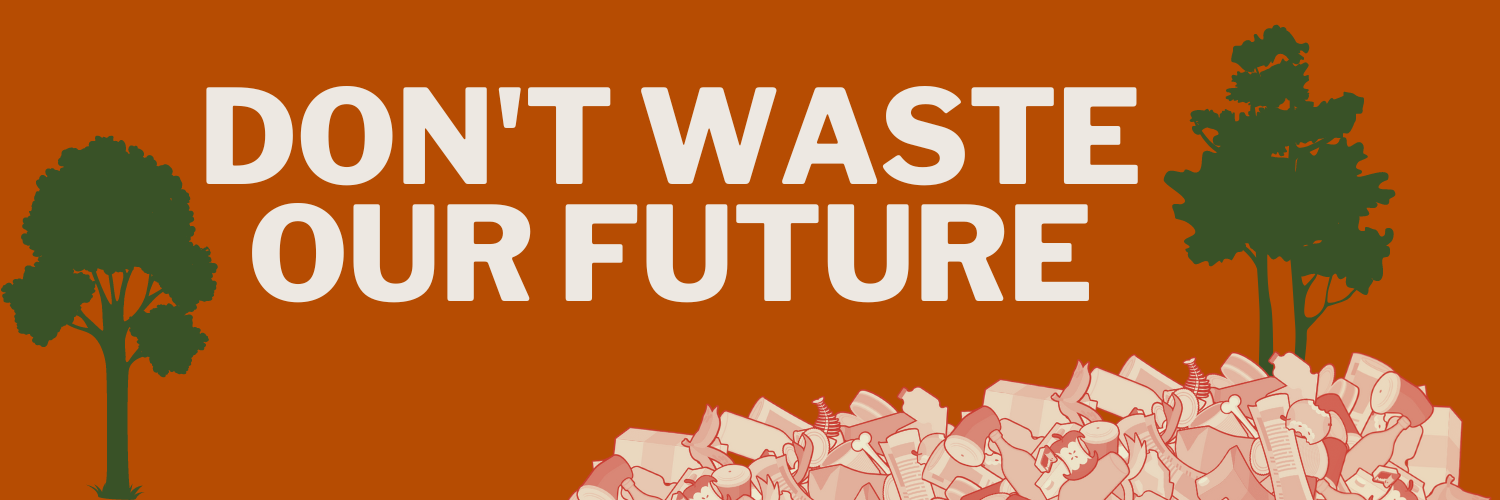burning and burying waste
is a bad deal for communities
we can do better
There are over 1,200 active municipal solid waste landfills in the United States that cost billions annually to maintain. The true cost is even higher.The garbage we all produce quickly goes out of sight and out of mind for many— but for the communities that live near landfills and are vulnerable to toxic air and water pollution, our landfill problem is both visible and urgent. Landfills can pose many burdens to communities such as water contamination, air pollutants, odors, noise and truck traffic.
54 percent of landfills reporting to the EPA’s Greenhouse Gas Reporting Program are within one mile of communities that have a higher percent of residents who are people of color or considered low-income, than the national average.
Source: Environmental Integrity Project, Trashing the Climate: Methane from Municipal Landfills, May 2023.
“As a former Air Force pilot and evaluator with a civil engineering degree and Masters of Public Administration, medical center and community board member, an Adair Village rental property owner, and mother of three young children, I have spent years taking input from those under my responsibility to ensure health, safety, and quality of life.
Many times each year, particularly in the winter months, we are affected at our house and while attending school in Adair Village, by an oppressive stench, one that affects our daily living and activities. It causes headaches, eye irritation, and throat burning - which limits our outdoor activities, ability to perform property maintenance, and often makes me concerned for the safety of the children at school, transiting between classroom buildings, during outdoor recess, and during sports practices. Although air quality concerns are not a daily occurrence, the impact of drinking water contamination is a constant reminder of our toxic neighbor.
Annually, approximately 16 million gallons of leachate from Coffin Butte landfill are disposed of daily at the Corvallis Wastewater Treatment Plant, and the same amount trucked to Salem; averaging approx 20 tanker trucks a day, year-round. This leachate passes through the municipal treatment system without additional treatment for the high concentration and complex suite of toxins contained in landfill leachate, and is released into the Willamette River mere miles prior to Adair Village’s drinking water intake source. While the Adair Village water treatment plant is operated to meet the minimum State and Federal drinking water standards, my grave concern is that many of the toxins deposited into the source water are not accounted for, treated, or even tested for at this point (PCBs, PFAS, etc). The EPA is so concerned about these classes of toxins, they are currently proposing new regulations for drinking water.
The landfill’s adverse impact on our local air quality and water quality bring me concern for the safety of the tenants under our responsibility, my own children and their classmates, and the growing population of Soap Creek Valley and Adair Village.”
—Katharine Harris, neighbor to Coffin Butte Landfill, Oregon
Katharine Harris’s Story
Incineration HARMS
THE CLIMATE AND COMMUNITIES
Trash incinerators present multiple threats to communities including emitting toxic air pollutants, such as lead and mercury, along with climate-harming carbon dioxide. Toxic incinerator ash is often landfilled.
Learn more about incinerators and their emissions at Gaia and check out their map to the right (or above on mobile).



